Contents
Guide
CORNER TO CORNER
CROCHET
15 contemporary C2C projects
Jess Coppom

www.sewandso.co.uk
Contents
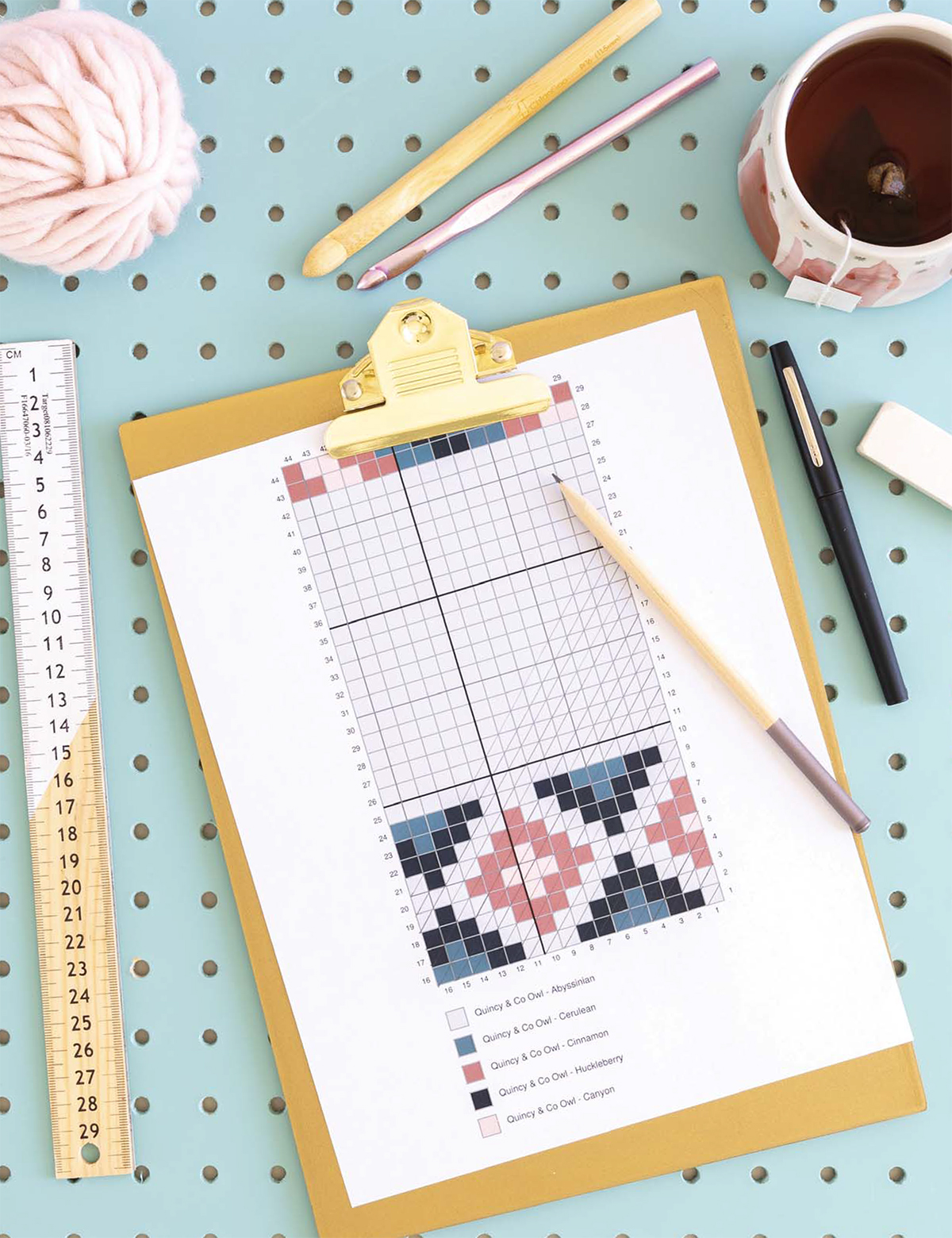
Introduction
When I was a wee eight-year-old, my mom came into my third grade school class to teach some of us the basics of crochet. While many of my friends werent interested in getting past the first row, I was hooked and set off on a prolific childhood of making massive single crochet afghans out of the most economical yarn I could find. When I wasnt crocheting or untangling balls of yarn, Id spend my free time drawing and mimicking the illustration style of my favorite cartoon characters. A few years ago, I came across a corner to corner (C2C) crochet afghan from Sarah Zimmerman of RepeatCrafterMe.com. It featured several illustrated Christmas motifs and immediately every cell in my brain lit up. Illustrating in yarn say what!? I very quickly saw how many possibilities existed in quite literally painting by number with yarn.
I began designing my own C2C pixel graphs and sharing them on my blog, MakeAndDoCrew.com. It has been exhilarating to watch my readers find the same joy and satisfaction in this magical technique. While there are countless creative ways to design with C2C, my favorite has become translating the visual language, repeating patterns and iconography of contemporary culture into yarn form. Rugs, tile, woven baskets, cross stitch and clothing can all serve as the fodder for a striking C2C design. Once you learn the basics of how to C2C, Im guessing you too might start to look at the world through pixelated lenses! If youre new to C2C crochet, youll find many approachable patterns in this book that use the basic technique to create a stunning effect. The basic C2C diagonal box stitch is quite quick and as youll see in the Crested Butte Cowl and the Frosted Window Throw, joining a few pieces of simple C2C crochet together can create visual interest and texture with very few color changes or mind-bending counting.
And if youve got miles of C2C already on your crochet rsum, I hope this book provides you with some inspiration to use the technique in new ways. I cant wait to see how you use these patterns to execute your own creative vision. Perhaps youll even break out some graph paper (or a laptop) and design your own C2C graphs. Id love for you to share your stitches with the rest of the Make & Do Crew community by using the hashtag #c2ccrochetcrew. Happy crocheting! 
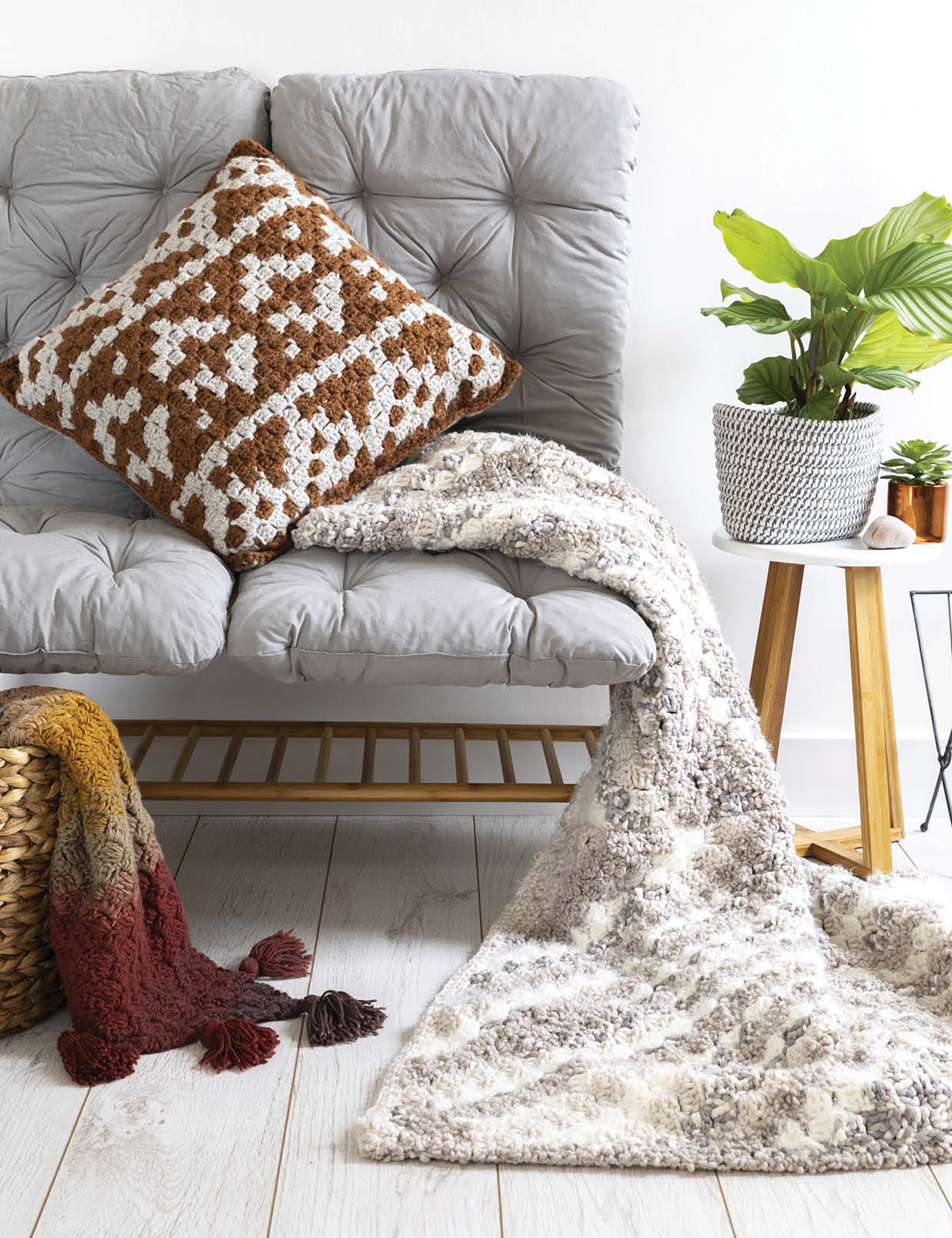
Tools and Materials
C2C crochet requires the same tools as traditional crochet, but the following extra few items can go a long way in making the technique fun and enjoyable.Ruler
Its helpful to use a ruler to draw a line through each row in the graph pattern as you complete it.
Clipboard
It seems so simple, but placing your graph on a clipboard while you crochet on the couch can make it much easier to cross off the rows as you work.
Clipboard
It seems so simple, but placing your graph on a clipboard while you crochet on the couch can make it much easier to cross off the rows as you work.
Less time looking for your pen means more time to crochet!
Scissors
Keep a small pair handy for switching colors and trimming ends.
Tapestry Needle
Youll want to have a tapestry needle nearby for weaving in ends. For denser, fabric-like yarns, you might find it helpful to use a sharper upholstery needle or a small crochet hook.
Bobbin Tools
When working a graph with several color changes, clothespins, binder clips or industrial clips allow you to wind off a small ball of yarn and clip it to the project or a sturdy object nearby.
Bobbin Management System
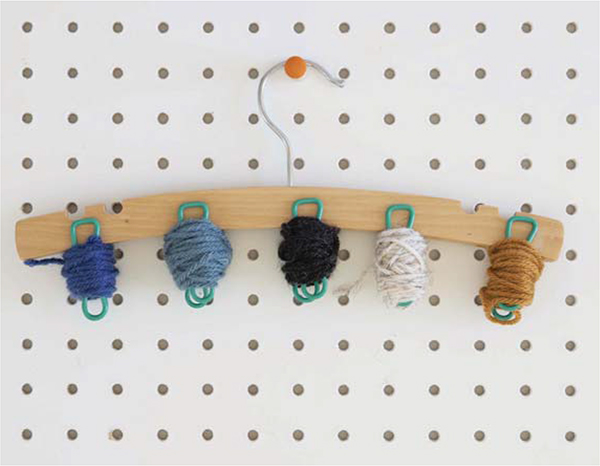
We cover bobbins a lot more later on (see Managing Yarns: ), but for now, just know that youll develop your own method for keeping your separate bobbins or yarn balls organized when switching colors.
TIP
Before you start any of the projects in this book, make a photocopy of both the graph and the line-by-line written instructions so you can cross off each row as you complete it without writing in the book.
TIP
Before you start any of the projects in this book, make a photocopy of both the graph and the line-by-line written instructions so you can cross off each row as you complete it without writing in the book.
Carefully tracking your progress row by row is a key to C2C success!
How to C2C
C2C Basics
The corner to corner crochet technique (often abbreviated C2C) is worked exactly as it sounds diagonally from one corner of a square or rectangle to the other. C2C employs a stitch called the diagonal box stitch and it can be worked using double crochet or half double crochet stitches. While using double crochet is faster, half double crochet allows for more detailed yarn illustrations because each tile is smaller. The projects in this book will call out which stitch to use.
HOW TO READ A C2C PATTERN
C2C patterns usually include some combination of a graph and/or written instructions. Each pixel in a graph represents one C2C tile.
Each tile is typically made with three double crochet or half double crochet stitches. C2C blankets with designs in them are often called graphgans, because they are an afghan made from a graph. The patterns in this book include both a graph as well as written line-by-line instructions. You may find it faster to work predominantly from the written pattern, but I recommend checking your completed progress against the graph every few rows so you can catch any mistakes sooner rather than later (Ive learned this the hard way!). Each project begins in the lower right corner of the graph, even for left-handed crocheters. Each written pattern contains a lot of helpful information: Yarn Type and Yardage: Amount is overestimated so you can create multiple working bobbins in each color. Each written pattern contains a lot of helpful information: Yarn Type and Yardage: Amount is overestimated so you can create multiple working bobbins in each color.
Stitch Type: Whether the pattern calls for using a half double crochet C2C stitch or a double crochet C2C stitch. Color Key: Bridges the visual information in the graph with the written pattern. For simplicity, each color in the written pattern is called by the brand name color. Of course, feel free to change up the color palette of each project to suit your style. Directional Arrows: Referencing these arrows in the written pattern can be helpful tracking your progress in the graph and knowing when to increase or decrease at the beginning of a row. Row-by-Row Instructions: How many tiles of each color to crochet.
Difficulty Level: Know what youre getting into!

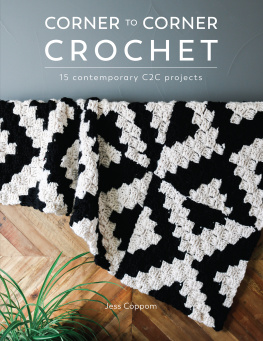
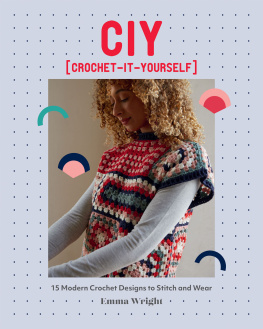

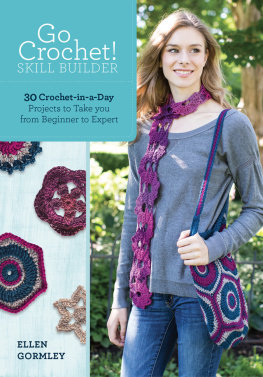
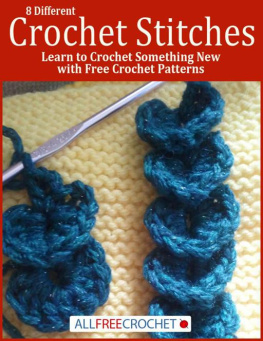
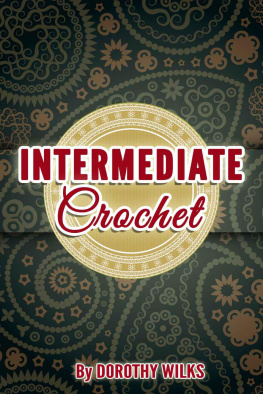

 www.sewandso.co.uk
www.sewandso.co.uk 


 We cover bobbins a lot more later on (see Managing Yarns: ), but for now, just know that youll develop your own method for keeping your separate bobbins or yarn balls organized when switching colors.
We cover bobbins a lot more later on (see Managing Yarns: ), but for now, just know that youll develop your own method for keeping your separate bobbins or yarn balls organized when switching colors.